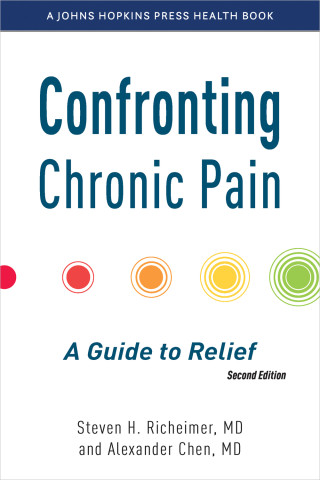
Reviews
An invaluable resource... Gillick knows the system inside and out and is brilliant at making complex systems easy to understand. If you've read her other books (which I recommend you do) you'll recognize her narrative style, which reads like advice from a caring and well-informed friend.
A knowledgeable, useful guide that will help caregivers navigate the complicated territory of medical care for their family member. An experienced physician who is well-versed in policy issues, Dr. Gillick has been a champion of family caregiving involvement.
While caring for my beloved mother during her last three years, I learned that teaching Geriatrics is a lot easier than being a caregiver. I wish I had had this book to help. Dr. Gillick has provided caregivers with a comprehensive resource that will be both understandable and useful.
Dr. Gillick offers a great resource for millions of dedicated caregivers. She displays a rare ability to translate medical lingo into useful advice for those who care for aging family members. This book offers both a big picture and specific tools to help people be the best caregivers they can be.
This book will be a godsend for the millions of people who are now caregivers and the many millions more who are entering this role in the years ahead. Covering a wide scope, it is indeed encyclopedic, but it is easy to find what you need and reads like an open conversation with a good friend who happens to know the questions you should ask and how to find the answers.
Muriel Gillick has long been a brilliant thought leader in the field of geriatrics. In reassuring, user-friendly prose, she has taken a brilliant approach to the challenge of looking after a beloved elder and arranging for their medical care in the final decade or two of life. This is the book that family caregivers have been waiting for.
Book Details
Introduction. What This Book Is (and What It Is Not)
Part I. Underlying Health State
Chapter 1. Why Health State Matters
Chapter 2. Ingredients of the Underlying Health State
Chapter 3. Thinking like
Introduction. What This Book Is (and What It Is Not)
Part I. Underlying Health State
Chapter 1. Why Health State Matters
Chapter 2. Ingredients of the Underlying Health State
Chapter 3. Thinking like a Geriatrician: Geriatric Syndromes
Chapter 4. Determining Your Family Member's Health State
Part II. Going to the Doctor
Chapter 5. The Role of the Primary Care Physician
Chapter 6. What to Expect from Nurse Practitioners and Physician Assistants
Chapter 7. What to Expect from Nurses, Social Workers, and Therapists
Chapter 8. What to Expect from Medical Specialists
Chapter 9. What a Geriatric Assessment Is and When to Ask for One
Part III. Going to the Hospital
Chapter 10. The Perils of Hospitalization
Chapter 11. Choosing a Hospital
Chapter 12. Working with a Hospitalist
Chapter 13. The Technological Imperative
Chapter 14. Acute Care for the Elderly Units
Chapter 15. Hospital-Based Palliative Care
Part IV. Going to the Rehabilitation Facility
Chapter 16. Choosing a Rehab Facility
Chapter 17. How Rehab Runs
Chapter 18. Your Role in the Rehab
Chapter 19. Hospital-Lite—Another Role for Rehab
Chapter 20. Discharge Home
Part V. Chronic Care at Home
Chapter 21. Your Medical Bag
Chapter 22. High Blood Pressure
Chapter 23. High Cholesterol
Chapter 24. Arthritis
Chapter 25. Coronary Heart Disease
Chapter 26. Diabetes
Chapter 27. Chronic Kidney Disease
Chapter 28. Heart Failure
Chapter 29. Alzheimer's Disease and Other Dementias
Chapter 30. Chronic Obstructive Lung Disease
Chapter 31. Depression
Chapter 32. Prevention
Part VI. Acute Care at Home
Chapter 33. Chest Pain
Chapter 34. Shortness of Breath
Chapter 35. Cough
Chapter 36. Nausea and Vomiting
Chapter 37. Constipation
Chapter 38. Confusion
Chapter 39. Dizziness
Chapter 40. Bleeding
Chapter 41. Abdominal Pain
Chapter 42. Fever
Part VII. Care in the Nursing Home
Chapter 43. Choosing a Nursing Home
Chapter 44. Why You Will Still Be a Caregiver
Chapter 45. Medical Care in the Nursing Home
Chapter 46. Team Meetings in the Nursing Home
Part VIII. Getting Additional Help
Chapter 47. Choosing a Health Plan
Chapter 48. Paying for Health Care
Chapter 49. Planning for Future Medical Care
Chapter 50. Community Resources
Chapter 51. Home Hospice
Chapter 52. Involving the Rest of the Family
Chapter 53. Caregiver Support
Epilogue. Rest in Peace
Acknowledgments
Index






